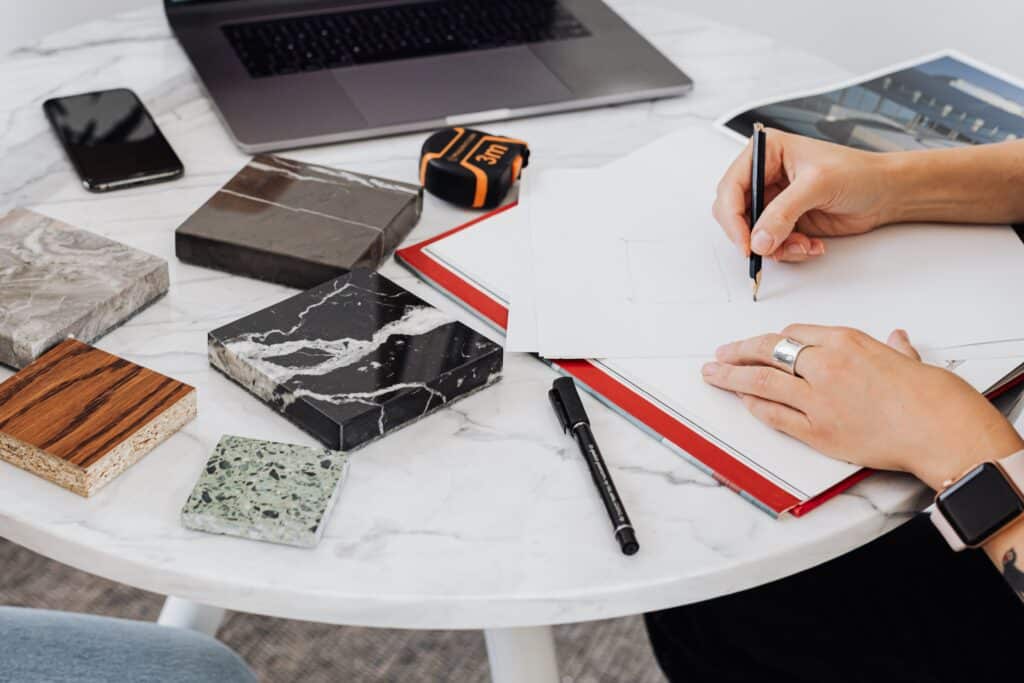This month, we put questions to a few architects and engineers in the region to learn more about the work they do. They gave their take on what’s happening in their industries. We thank those who answered our questions. Read more.

This month, we put questions to a few architects and engineers in the region to learn more about the work they do. They gave their take on what’s happening in their industries. We thank those who answered our questions. Read more.